 1940’s?
1940’s?
Monthly Archives: August 2008
Political Cartoonist KAL at the Democratic Convention
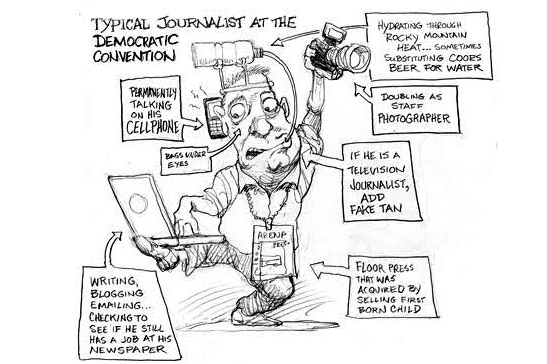
Every day this week, our cartoonist is sending his sketches from the Democratic convention in Denver, Colorado. Sketches from previous days can be found here. You can find up-to-the-minute coverage on our American politics blog.
Beijing’s Ghost Town
About ten hours after the end of last night’s closing ceremony, I headed to the Olympic Green, completely unsure of what I’d find when I got there. I hadn’t heard much about when the Green will open to the ticketless public, or if it would stay open until the Paralympics — so I knew it would either be packed to the brim, or completely deserted. I arrived to find the latter.
When I approached the Olympic subway line, the streets packed with tourists and scalpers just yesterday were now empty, and only one of dozens of security checkpoints to access the subway was open — and there wasn’t even anyone in line. Unsure if my accreditation card would still be valid, I approached the checkpoint to find a guard waving me through. Two of the guards were even taking a nap — it was obvious that I was their first customer for quite some time.
A narrated slide show on the latest Texas Monthly Cover
Five Ways Newspapers Botched the Web
Here’s our theory: Daily deadlines did in the newspaper industry. The pressure of getting to press, the long-practiced art of doom-and-gloom headline writing, the flinchiness of easily spooked editors all made it impossible for ink-stained wretches to look farther into the future than the next edition. Speaking of doom and gloom: Online ad revenues at several major newspaper chains actually dropped last quarter. The surprise there is that they ever managed to rise. The newspaper industry has a devastating history of letting the future of media slip from its grasp. Where to start? Perhaps 1995, when several newspaper chains put $9 million into a consortium called New Century Network. “The granddaddy of _______,” as one suitably crotchety industry veteran tells us, folded in 1998. Or you can go further back, to ’80s adventures in videotext. But each tale ends the same way: A promising start, shuttered amid fear, uncertainty, and doubt.
Dangerously in Debt
Former U.S. Comptroller General David Walker speaks out on the perils of the rising federal deficit in the new film “I.O.U.S.A.
If “An Inconvenient Truth” sounded the alarm on global warming, “I.O.U.S.A.,” a new documentary opening in theaters Friday, hopes to do the same for the rising federal deficit.
Backed by Blackstone Group Chairman Peter Peterson, “I.O.U.S.A.” follows former U.S. Comptroller General David Walker and the Concord Coalition’s Robert Bixby on a “fiscal wake-up tour” across America. In the movie, which is co-written by “Empire of Debt” co-author Addison Wiggin and directed by “Wordplay” filmmaker Patrick Creadon, Messrs. Walker and Bixby argue that unless the government alters its policies and spending habits, the U.S. will be in for a serious financial meltdown.
The Diver’s View
A beautiful vr scene from the diving platform in Beijing, host of the 2008 Olympic Games.
Confessions of a Risk Manager
Why did banks become so overexposed in the run-up to the credit crunch? A risk manager at a large global bank–someone whose job it was to make sure that the firm did not take unnecessary risks — explains in his own words
IN JANUARY 2007 the world looked almost riskless. At the beginning of that year I gathered my team for an off-site meeting to identify our top five risks for the coming 12 months. We were paid to think about the downsides but it was hard to see where the problems would come from. Four years of falling credit spreads, low interest rates, virtually no defaults in our loan portfolio and historically low volatility levels: it was the most benign risk environment we had seen in 20 years.
As risk managers we were responsible for approving credit requests and transactions submitted to us by the bankers and traders in the front-line. We also monitored and reported the level of risk across the bank’s portfolio and set limits for overall credit and market-risk positions.
Big Box Retail 2008: Costco Arrives in (Madison) Middleton
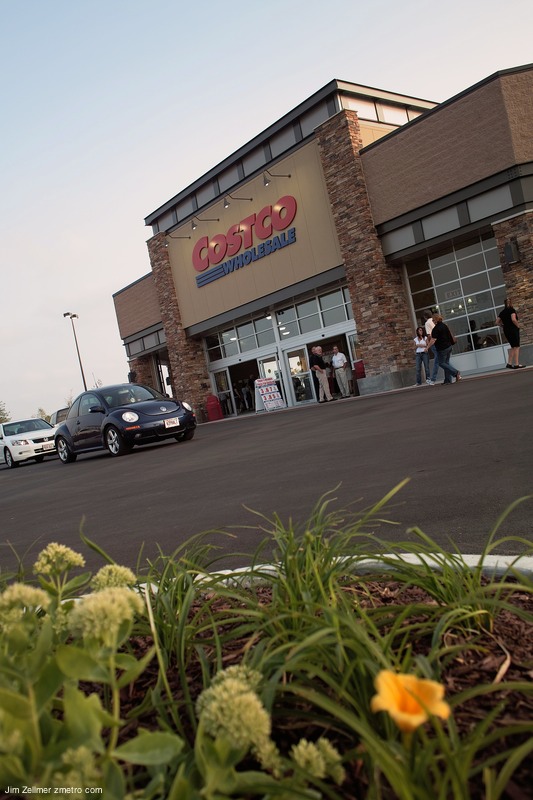
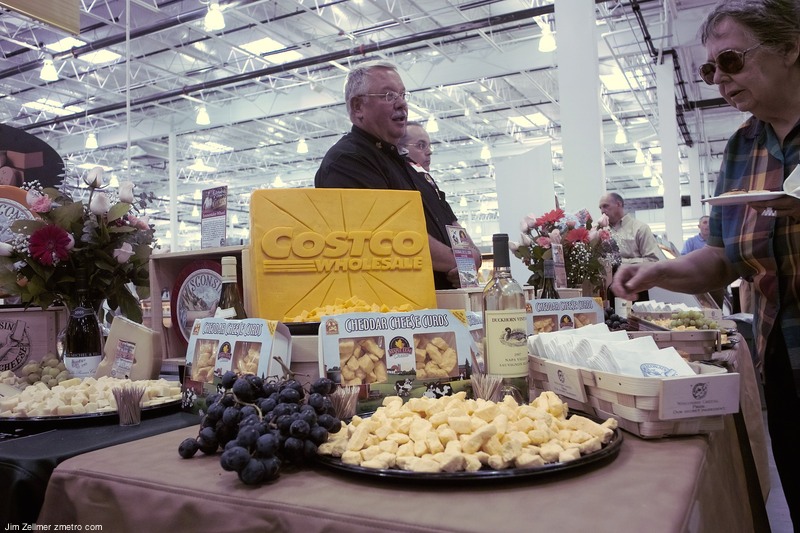
Costco held a very well attended party this evening celebrating the opening of their new Middleton warehouse club [Map].
I did not see a stand to purchase law degrees.
Middleton provided a TIF (Tax Incremental Financing) agreement to the site developer. A related Isthmus article can be found here.
A few additional photos:
 |
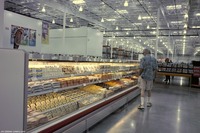 |
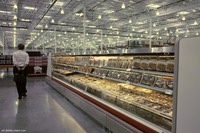 |
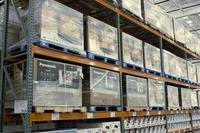 |
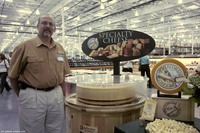 |
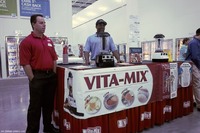 |
Clusty search: Costco.
Latest News Audience Survey
The 2008 biennial news consumption survey by the Pew Research Center for the People & the Press was conducted by telephone – including both landline phones and cell phones – from April 30 to June 1 among 3,612 adults nationwide. It finds four distinct segments in today’s news audience: Integrators, who comprise 23% of the public; the less populous Net-Newsers (13%); Traditionalists – the oldest (median age: 52) and largest news segment (46% of the public); and the Disengaged (14%) who stand out for their low levels of interest in the news and news consumption.
Net-Newsers are the youngest of the news user segments (median age: 35). They are affluent and even better educated than the News Integrators: More than eight-in-ten have at least attended college. Net-Newsers not only rely primarily on the internet for news, they are leading the way in using new web features and other technologies. Nearly twice as many regularly watch news clips on the internet as regularly watch nightly network news broadcasts (30% vs. 18%).
This web-oriented news segment, perhaps more than the others, underscores the challenges facing traditional news outlets. Fewer than half (47%) watch television news on a typical day. Twice as many read an online newspaper than a printed newspaper on a typical day (17% vs. 8%), while 10% read both.
However, Net-Newsers do rely on some well known traditional media outlets. They are at least as likely as Integrators and Traditionalists to read magazines such as The New Yorker and The Atlantic, and somewhat more likely to get news from the BBC.
